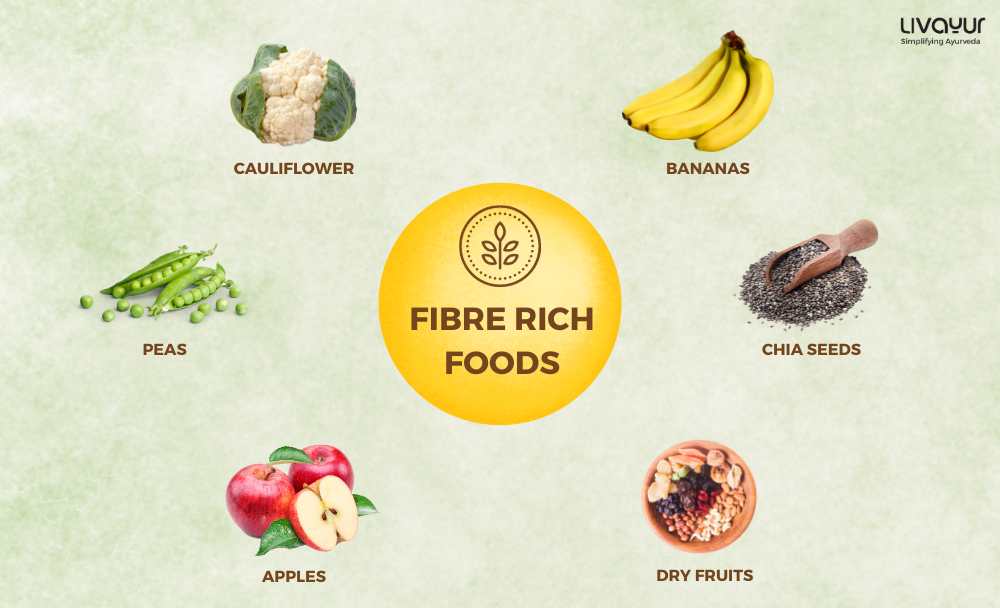
Fiber, an essential component of a healthy diet, is a type of carbohydrate that the body cannot digest. While it may not provide nutrients or energy, its role in digestive health is crucial. It comes in two forms: soluble, which dissolves in water, and insoluble, which does not dissolve in water. Both forms contribute to various health benefits, including improved digestion, heart health, and weight management. Also, by preventing the occurrence of metabolic syndrome, fiber-loaded food items can even keep health issues like Diabetes Mellitus at bay.[1]
Embracing a diet rich in fiber can positively impact your overall well-being. In this article, we will learn about the best fiber foods and why fiber-rich foods are important for your health. Read on to learn more:
Effect of Fiber on the Doshas
According to Ayurveda, the three doshas – Vata, Pitta, and Kapha – are the fundamental energies that govern the functions of the human body. The balance of these doshas is essential for maintaining optimal health and well-being. [2]
Fiber is an important component of a healthy diet and significantly impacts the doshas. It is considered to be beneficial for balancing all three doshas, although the specific effects may vary depending on the type of fiber and the individual’s constitution.[3] [4]
Vata Dosha
Vata dosha tends to be dry and light, and individuals with a predominance of Vata dosha may experience digestive issues, constipation, and gas. Fiber-rich foods such as fruits (apples, banana, guava, pears, etc.), vegetables (carrots, cauliflower, eggplant, cabbage, etc.), and whole grains like wheat and rice can help to alleviate these symptoms by providing bulk to the stool and promoting regular bowel movements. [4][ 5]
Pitta dosha
Pitta dosha is associated with heat and inflammation, and individuals with a predominance of Pitta dosha may be prone to digestive issues such as acid reflux,
heartburn, and diarrhea. This inflammation is referred to as an excess amount of Agni (Digestive Fire) in Ayurveda. Soluble fiber found in oats, beans (kidney beans, chickpeas, etc.), and apples can help to soothe the digestive tract and reduce inflammation.
Kapha dosha
Kapha dosha is characterized by heaviness and sluggishness, and individuals with a predominance of Kapha dosha may be prone to weight gain, lethargy, and congestion. Fiber-rich foods such as legumes, whole grains, and leafy greens can help promote digestion and metabolism, thereby reducing excess weight and congestion. [5]
Why is fiber intake important?
1. Fiber Nourishes Healthy Gut Bacteria
The human body hosts trillions of bacteria, primarily in the gut, playing a pivotal role in various bodily functions. A symbiotic relationship exists between humans and these bacteria, contributing to weight, blood sugar, immune system, and brain functions.
Unlike other nutrients absorbed earlier in the digestive process, fiber reaches the large intestine mostly undigested. Gut bacteria possess enzymes to digest some fibers, feeding on them as prebiotics. Prebiotic fibers support the growth of beneficial gut bacteria, yielding essential nutrients like short-chain fatty acids. These acids can reduce gut inflammation and ameliorate digestive issues. [6] [16]
2. Effect of Specific Fiber Types on Weight Loss
Specific fiber types aid weight loss by curbing appetite. Studies suggest that increasing dietary fiber can naturally reduce calorie consumption. Fiber’s ability to absorb water in the intestine slows nutrient absorption and triggers a sense of fullness.
However, not all fibers impact weight. While certain soluble fibers show significant effects, others might not influence weight loss outcomes. Glucomannan stands out as an effective fiber supplement recognized for its contribution to weight loss. [17]
3. Glycemic Impact of Fiber on Blood Sugar Levels
High-fiber foods generally exhibit a lower glycemic index in contrast to refined carbohydrate sources that lack significant fiber content. Specific high-viscosity, soluble fibers are believed to possess this property, impacting post-meal blood sugar spikes. Incorporating these soluble fibers into meals with carbohydrates may result in reduced surges in blood sugar levels.
Particularly for individuals on high-carb diets, including fiber can mitigate the risk of harmful elevation in blood sugar levels. If managing blood sugar is a concern, it is advisable to limit the intake of low-fiber, refined carbs like white flour and added sugars. [18]
4. Fiber’s Impact on Cholesterol and Digestion
Soluble, viscous fiber has shown the potential to lower cholesterol levels. However, the reduction might not be as substantial as anticipated, with a modest average decrease in total and LDL cholesterol observed in various studies. The effectiveness seems correlated with the viscosity of the fiber, with certain types showcasing more significant cholesterol-lowering effects.
The long-term significance of this reduction in cholesterol levels remains unclear, despite observations linking higher fiber consumption with a lower risk of heart disease. [19]
5. Fiber and Constipation
Increasing fiber intake is often linked to alleviating constipation, but the evidence is conflicting. Some fiber types aid in softening stool and promoting bowel movement, while others may contribute to constipation, emphasizing the importance of choosing the appropriate fiber.
Soluble, gel-forming fibers like psyllium or substances like sorbitol found in prunes can have varying effects on constipation. It is advisable to seek professional guidance before opting for fiber supplements to manage constipation due to individual variations. [20]
6. Fiber and Colorectal Cancer
Studies suggest a link between higher fiber intake and a reduced risk of colorectal cancer, yet establishing a direct cause-and-effect relationship remains inconclusive. Whole, high-fiber foods contain multiple nutrients and antioxidants that may influence cancer risk, making it challenging to attribute cancer prevention solely to fiber. Although the precise impact is uncertain, many experts believe that fiber may contribute to maintaining a healthy colon wall. [21]
Types of dietary fiber
1. Insoluble Fiber
Function: Absorbs fluid, and adds bulk in the large intestine, making stools larger and easier to pass.
Sources: Whole grains, nuts, beans, seeds, root vegetables (e.g., carrots, parsnips, rutabaga), and fruits with edible seeds like kiwis, grapes, raspberries, and raisins.
2. Soluble Fiber
Function: Collects bile molecules, waste products, hormones, and exogenous chemicals for elimination. Prevents the reabsorption of waste products in the intestines.
Sources: Beans, peas, flaxseeds, apples, psyllium, avocados, Brussels sprouts.
3. Prebiotic Fiber
Function: Feeds beneficial bacteria in the gut to produce health-promoting compounds like the short-chain fatty acid butyrate.
Sources: Bananas, onion, garlic, dandelion greens, chicory root.
How much fiber do I need every day?
Men and Women
| Age/Gender | Recommended Daily Fiber Intake |
| Women under 50 | 25 to 28 grams per day |
| Men under 50 | 31 to 34 grams per day |
| Women 51 and older | 22 grams per day |
| Men 51 and older | 28 grams per day |
Children
| Age Group | Recommended Daily Fiber Intake |
| Children 1 to 3 years | 19 g |
| Children 4 to 8 years | 25 g |
| Children 9 to 13 years | 26 g (female), 31 g (male) |
| Adolescents 14 to 18 years | 26 g (female), 38 g (male) |
Fiber-rich food options
1. Cauliflower
Cauliflower is one of the most popular fiber-rich vegetables. It is a great source of fiber, providing up to 10% of your daily fiber needs (3.3g per 100g). It also contains choline, which is known to enhance brain health. Furthermore, cauliflower can is also known to reduce the risk of cancer. [7] [8]
Moreover, cauliflower can boost immunity and help reduce signs of aging such as skin wrinkles. It can also be helpful for weight loss due to its high-fiber and low-calorie content. [7]
2. Peas
Peas are a valuable source of fiber (5g per 100g), which can aid in the treatment of various diseases such as arthritis(as part of an Amavata Diet in Ayurveda), Alzheimer’s, and eye problems. Additionally, the fiber in peas can assist in the production of collagen, promoting healthy and youthful-looking skin. [9] [10]
Furthermore, peas are rich in insoluble fiber and low in calories, making them a great option for weight management. Their low-calorie content means you can enjoy them in large quantities without exceeding your daily calorie intake, which can help reduce excess body fat. [9]
3. Apples
An average-sized apple is packed with about 4 grams of soluble fiber, making it a great addition to a healthy diet. Consuming apples can aid in managing diabetes, reducing the likelihood of developing gallstones, and lowering cholesterol levels, which can lead to weight loss. [11] [12]
Apples are also rich in polyphenols, and micronutrients that have been linked to lower blood pressure and a reduced risk of stroke. The antioxidants found in apples can also help prevent cataracts. Furthermore, they can be a satisfying and healthy snack option to curb sudden hunger cravings. [11] [12]
4. Bananas
Bananas are an excellent source of insoluble fiber, which can help slow down the digestion process and keep you feeling full for longer periods. A medium-sized banana contains up to 2 to 3 grams of fiber. Studies suggest that fiber-rich fruits, including bananas, can reduce the risk of cardiovascular and other heart diseases. [13]
Eating a banana before a workout can also provide you with the necessary energy to exercise more and stay active. In addition to fiber, bananas contain potassium, which can help with muscle building. [13]
5. Chia Seeds
Due to their high content of soluble fiber (11.2g per 100g), chia seeds can help you feel fuller for longer, reduce food cravings, and suppress your appetite. They can also provide a boost to your metabolism, giving you the energy you need to exercise more intensely. [14]
In addition to their satiating effects, chia seeds are known for their anti-inflammatory properties and their ability to prevent premature aging symptoms. To incorporate chia seeds into your diet, you can mix them with water or add them to your smoothies, shakes, oatmeal, and other foods. [14]
6. Dried fruits
Dried fruits like dried figs (9.8g per 100g), prunes (7g per 100g), and dates (8g per 100g) are great sources of fiber and are recommended for people who experience constipation. These fruits contain sorbitol, a natural sugar that aids in easy bowel movement. [15]
Dried figs are also rich in essential minerals such as zinc, magnesium, iron, and manganese, which can help balance hormonal changes and alleviate menstrual problems in women. Additionally, since
Side effects of excess fiber intake
Consuming excessive fiber can lead to various side effects, despite the recommended intake being 25 grams per day for women and 38 grams per day for men. Some side effects of excessive fiber intake include:
- Bloating
- Abdominal pain
- Flatulence
- Loose stools or diarrhea
- Constipation
- Temporary weight gain
- Intestinal blockage, particularly for individuals with Crohn’s disease
- Reduced blood sugar levels are a crucial consideration for individuals with diabetes
FAQs
1. What role does fiber play in our diet and why is it important to consume?
Fiber plays a crucial role in regulating sugar utilization in the body, aiding in hunger control and managing blood sugar levels. It is recommended that both children and adults consume a minimum of 25 to 35 grams of fiber daily for optimal health. However, most Americans typically only ingest around 15 grams a day.
2. Who requires a high-fiber diet?
A high-fiber diet is often suggested for individuals experiencing digestive issues like constipation, diarrhea, or hemorrhoids. However, the effectiveness can vary for each person, and scientific evidence supporting these recommendations isn’t robust. Foods rich in fiber, such as beans, grains, vegetables, and fruits, are usually where you will find it.
3. What role does fiber play in digestion?
Fiber plays a crucial role in digestion by influencing the speed of food digestion, nutrient absorption, and the movement of waste (stool) through the colon. Additionally, it serves as a nourishment source for beneficial intestinal bacteria. There are various types of dietary fiber, including water-soluble and insoluble varieties, each with distinct functions in the body.
4. Which fruit has the most amount of fiber?
Fruits like passion fruit, avocados, and berries such as blackberries and raspberries are among the fruits known for their high fiber content. For instance, a cup of blackberries or raspberries typically contains around 8 grams of fiber, making them some of the highest-fiber fruits according to nutrition data.
5. Are bananas rich in fiber?
Yes, bananas are considered a good source of fiber. A medium-sized banana usually contains around 3.1 grams of fiber. Including bananas in your diet can contribute to your daily fiber intake and aid in preventing or relieving constipation due to its fiber content.
Conclusion
Those were the benefits and examples of fiber-rich foods. An adequate amount of fiber is always good for your digestion. It gives you a feeling of fullness and prevents various chronic ailments. However, like every food group, fiber too is recommended to be consumed in moderate amounts as per the holistic guidelines of Ayurveda. Before making any major dietary changes, you must talk to an expert healthcare practitioner.
Disclaimer
This article has been written from a health and Wellness perspective and is by no means a substitute for medical advice.
References
- Dietary Fiber in the Prevention and Treatment of Metabolic Syndrome: A Review
- The Tridosha Theory According to Ayurveda
- Functional foods and nutraceuticals with special focus on mother and child care
- Concept Of Dietetics And Its Importance In Ayurveda
- Conceptual Study Of Diet For Different Prakriti
- The public health rationale for increasing dietary fibre: Health benefits with a focus on gut microbiota
- Crucial facts about health benefits of popular cruciferous vegetables
- Cruciferous vegetables intake and the risk of colorectal cancer: a meta-analysis of observational studies
- Dietary fibres in pulse seeds and fractions: Characterization, functional attributes, and applications
- The Potential Role of Nutraceutical in Health and Disease
- A comprehensive review on effective role of Apple polyphenols in the treatment of obesity, diabetes, and liver dysfunctions with some possible molecular mechanisms
- Apple phytochemicals and their health benefits
- Banana (Musa acuminata): Most popular and common Indian plant with multiple pharmacological potentials
- Chia Seed (Salvia Hispanica L.) -A New Age Functional Food
- Review of dried fruits: Phytochemicals, antioxidant efficacies, and health benefits
- Introduction to the human gut microbiota
- Dietary fiber and weight regulation
- Metabolic effects of dietary fiber consumption and prevention of diabetes
- Persimmon fruit tannin-rich fiber reduces cholesterol levels in humans
- Dietary fiber for constipation in older adults: a systematic review
- Dietary fiber intake and risk of colorectal cancer and incident and recurrent adenoma in the Prostate, Lung, Colorectal, and Ovarian Cancer Screening Trial




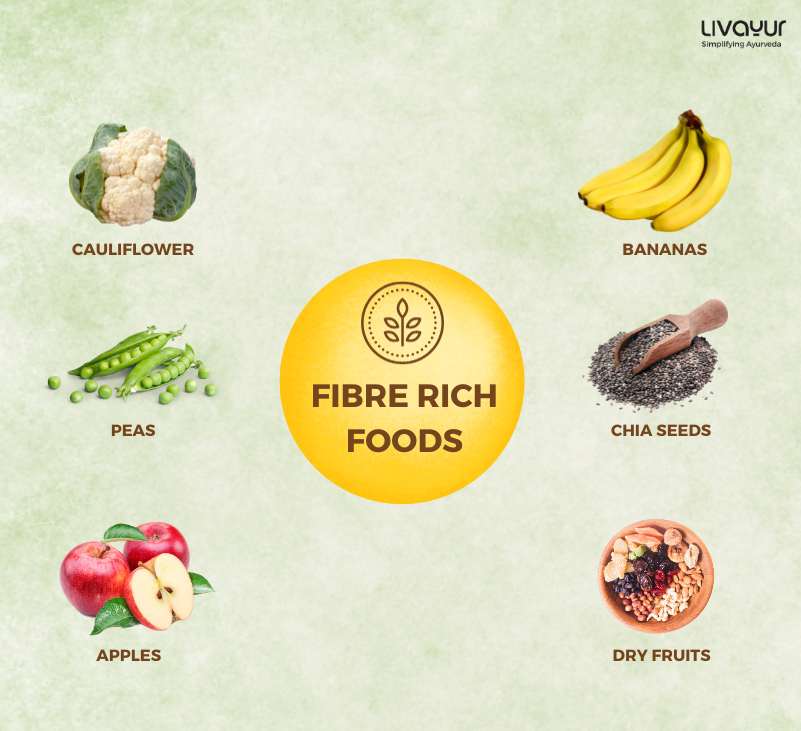
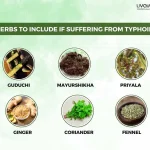
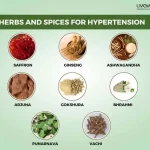
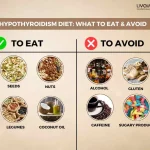
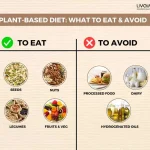





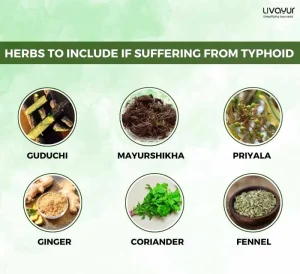
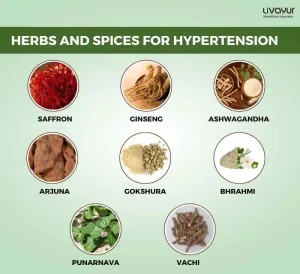
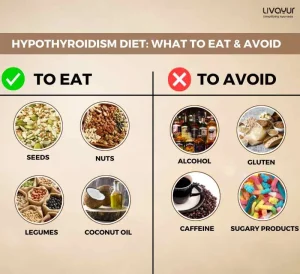
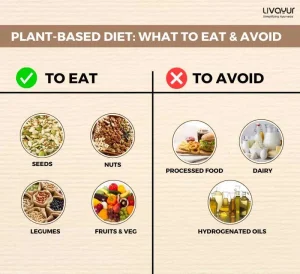
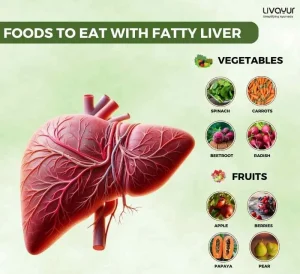




1 Comments